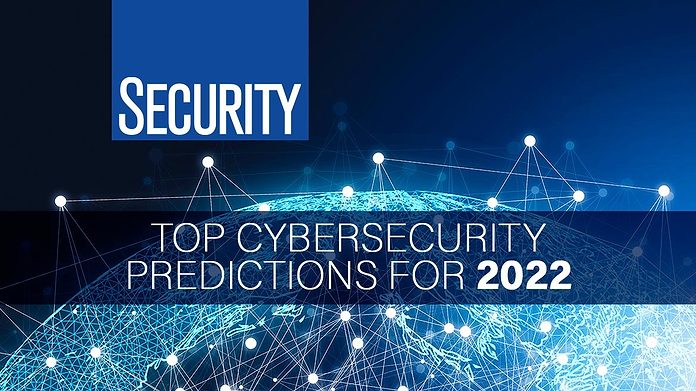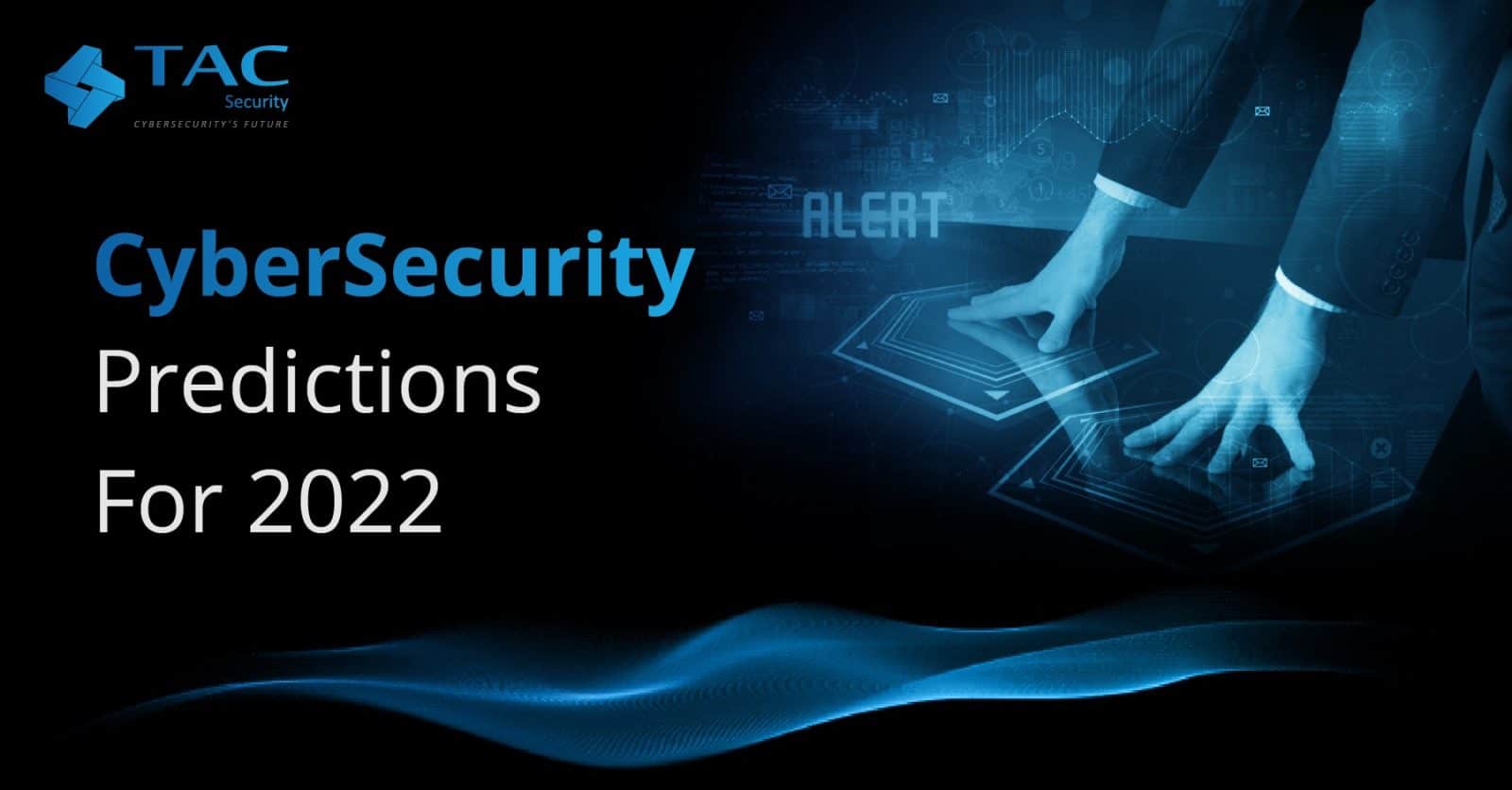Build strong cyber resilience to handle security breaches.
Wiki Article
Leading Cybersecurity Forecasts for 2024: Keep Ahead of Arising Risks
As we approach 2024, the cybersecurity landscape is positioned for considerable change, driven by arising dangers that companies have to not just expect yet additionally tactically address. The increase of AI-driven cyberattacks, coupled with increasingly innovative ransomware tactics, highlights the urgent requirement for sophisticated defenses. Furthermore, the expanding variety of IoT devices presents brand-new susceptabilities that might be made use of. With regulatory modifications imminent and an essential emphasis on cybersecurity training, it is vital for companies to reassess their strategies to remain durable. Exactly how ready are you to navigate these advancing challenges?Increase of AI-Driven Assaults
As companies progressively adopt artificial knowledge innovations, the possibility for AI-driven attacks is ending up being a critical problem in cybersecurity. Cybercriminals are leveraging AI to enhance the class and effectiveness of their assaults, developing a landscape where typical safety procedures may fail. These strikes can exploit artificial intelligence formulas to identify susceptabilities in systems and networks, resulting in more targeted and destructive violations.AI can automate the reconnaissance stage of an attack, making it possible for foes to collect huge amounts of information rapidly (Deepfake Social Engineering Attacks). This ability not only shortens the time required to launch an attack however additionally enhances its accuracy, making it harder for protectors to expect and alleviate hazards. In addition, AI can be utilized to create convincing phishing schemes, generate deepfake material, or manipulate data, additionally making complex the cybersecurity landscape
Organizations need to focus on the integration of AI-driven cybersecurity services to respond to these arising risks. By employing innovative danger discovery systems, companies can improve their ability to recognize and counteract AI-generated attacks in real time. Continual financial investment in training and recognition programs is also essential, as it equips workers to identify and reply to prospective AI-driven risks effectively.
Boosted Ransomware Sophistication
The surge of AI-driven strikes is not the only pattern reshaping the cybersecurity landscape; ransomware strikes have likewise evolved, coming to be progressively innovative and targeted. As cybercriminals fine-tune their techniques, organizations face heightened risks that need flexible strategies to minimize potential damages.
Modern ransomware dangers currently leverage progressed strategies, such as dual extortion, where assaulters not just encrypt data however likewise threaten to leakage delicate details if their needs are not met. This includes an extra layer of stress on sufferers, frequently engaging them to pay ransoms to protect their track records and consumer depend on.
Additionally, making use of automated devices and artificial intelligence algorithms by criminals has streamlined the strike process, enabling them to determine vulnerabilities more efficiently and personalize their strategies versus certain targets. Such developments have resulted in a startling rise of strikes on crucial framework, healthcare systems, and supply chains, stressing the demand for durable cybersecurity structures that prioritize real-time danger detection and feedback.
To counter these advancing dangers, organizations need to buy extensive training, progressed security modern technologies, and case action intends that integrate lessons picked up from past ransomware incidents, guaranteeing they remain one step ahead of progressively intricate strikes.
Growth of IoT Susceptabilities
With the quick expansion of the Web of Things (IoT), vulnerabilities related to these interconnected devices have ended up being a critical issue for organizations and individuals alike. The proliferation of smart gadgets, from home appliances to commercial sensors, has actually produced a large assault surface for cybercriminals. Several IoT gadgets are released with minimal safety and security protocols, commonly making use of default passwords or outdated firmware, making them susceptible to exploitation.As tools come to be interconnected, the potential for large-scale attacks boosts. Compromised IoT gadgets can serve as access points for attackers to penetrate more protected networks or launch Dispersed Denial of Service (DDoS) strikes. The absence of standardization in IoT safety determines more worsens these vulnerabilities, as differing makers implement differing levels of protection
Moreover, the raising class of malware targeting IoT tools presents significant dangers. Danger actors are continuously developing brand-new methods to manipulate these weak points, causing prospective information breaches and unapproved accessibility to delicate information. As we move right into 2024, organizations must prioritize IoT security, executing robust actions to safeguard their networks and mitigate the dangers associated with this rapidly growing landscape.
Governing Changes Impacting Security

In 2024, we anticipate to see more rigorous conformity demands for businesses, specifically those that make or deploy IoT tools. The intro of policies such as the European Union's Cyber Resilience Act and updates to existing structures like the NIST Cybersecurity Framework will stress protection deliberately. Organizations will be mandated to carry out durable safety and security measures from the initial phases of product development, making sure an aggressive stance against possible vulnerabilities.
Moreover, regulatory bodies are likely to enforce substantial fines for non-compliance, compelling organizations to prioritize cybersecurity financial investments. This shift will not just enhance the overall protection position of organizations however will certainly likewise cultivate a culture of liability in safeguarding customer data. As guidelines tighten up, the onus will increasingly drop on companies to show conformity and secure against the ever-evolving risks in the electronic landscape.
Emphasis on Cybersecurity Training
Organizations' dedication to cybersecurity training is becoming increasingly crucial as risks advance and attack vectors increase. With cybercriminals constantly developing sophisticated strategies, it is critical for workers in any way degrees to comprehend the dangers and recognize their function in alleviating them. Comprehensive training programs gear up personnel with the expertise and abilities required to identify potential risks, such as phishing strikes, social engineering techniques, and malware.In addition, a society of cybersecurity recognition promotes caution amongst staff members, minimizing the chance of human mistake, which stays a considerable vulnerability in many companies. Consistently updated training modules that show the most up to date dangers will guarantee that team stay informed and efficient in responding successfully.


In 2024, organizations will likely prioritize recurring education and learning and simulation workouts, enabling staff members to exercise their feedback to real-world scenarios. Collaboration with cybersecurity professionals for tailored training solutions may likewise end up being much more widespread. Ultimately, purchasing staff member training not just enhances a company's defense stance but also cultivates a proactive method to cybersecurity, strengthening the concept that safety is a shared responsibility across the business.
Conclusion
In final thought, the cybersecurity landscape in 2024 will certainly be formed by the surge of cyber resilience AI-driven assaults, significantly innovative ransomware strategies, and the development of susceptabilities connected with IoT gadgets. A strong emphasis on detailed cybersecurity training will certainly be vital in growing an organizational culture durable to emerging hazards.Report this wiki page